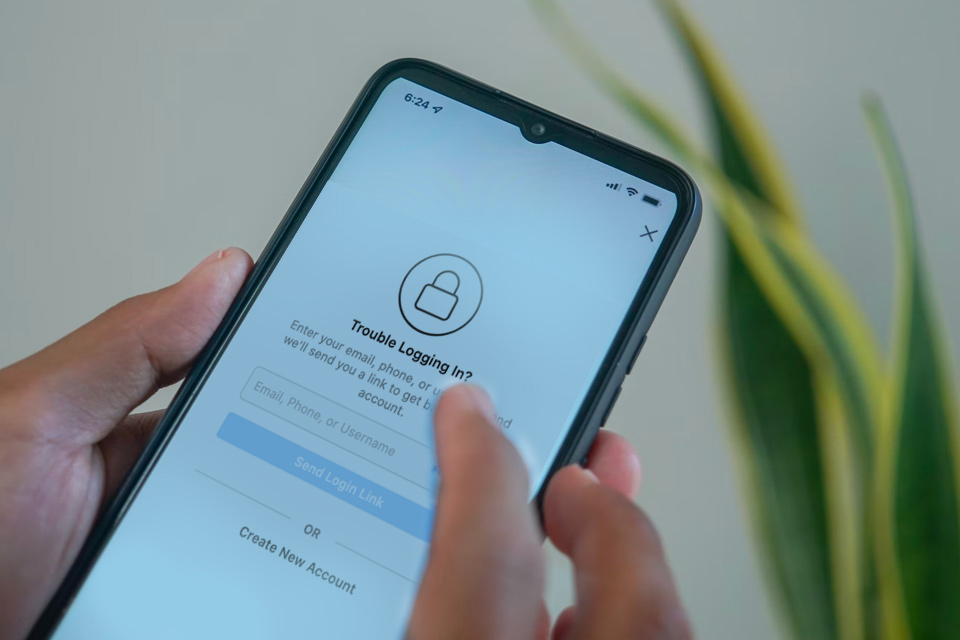MFA Authentication Recovery
Multi-factor authentication, or MFA, makes you prove your identity in addition to entering a strong password, before allowing you access to an account.
What happens if you don’t remember, or can no longer access, your MFA?
When you sign up for new accounts, you often get a list of codes to save or print. These are called authentication recovery codes, and you can enter any of them if you get locked out of your account for any reason.
What Is Authentication Recovery?
Authentication recovery is an important security feature that ensures the safety of user data and accounts. It is verifies the identity of a user, and allows them to reset their passwords in case they forget them.
They’re also sometimes called “backup codes.” Whatever you call them, they give you back access to your accounts when you lose your credentials or can’t complete the MFA. These numbers would be difficult for a cybercriminals to obtain and thus are a more secure fail-safe than, for example, security questions because thieves can often harvest that information from your social profiles.
Authentication recovery codes are generated randomly. This AI-based process provides an extra layer of security, ensuring that only authorized persons have access.
Conclusion
Another important piece of the puzzle involves where to store your recovery codes. You can’t just keep them on a piece of paper next to your desk, because anyone could see it. Likewise, you don’t want to stuff them in a locked drawer where you’ll forget about them, or worse, be unable to find them when you need them.
Unlike one-time passwords, your recovery codes don’t change! You need to keep them somewhere secure. Password managers are the safest place to store them online, because they are encrypted to prevent anyone else from seeing all of your private information. Just make sure to keep them separate from where you store your password for that website, so one being compromised doesn’t necessarily affect the other.
If you choose to print it out, then we recommend keeping them in a locked safe where you can easily grab them on a rainy day.


